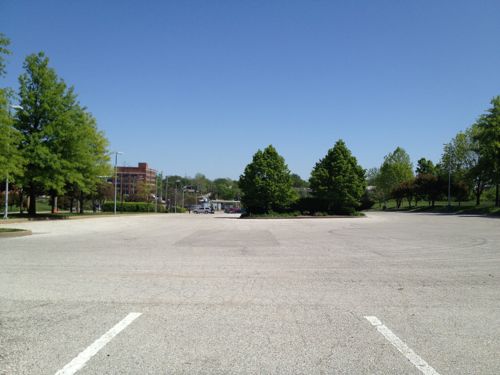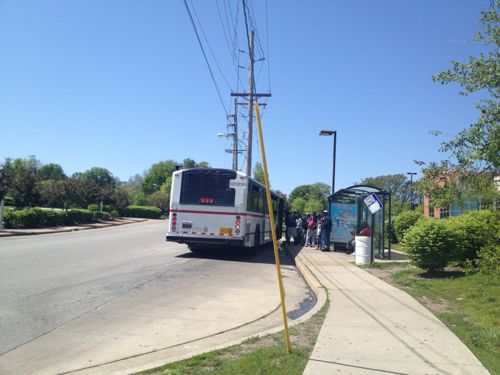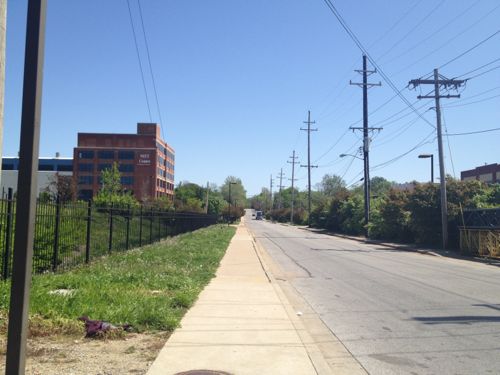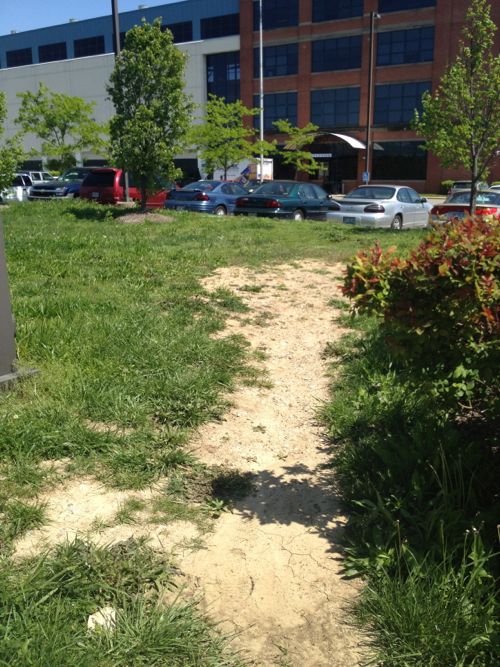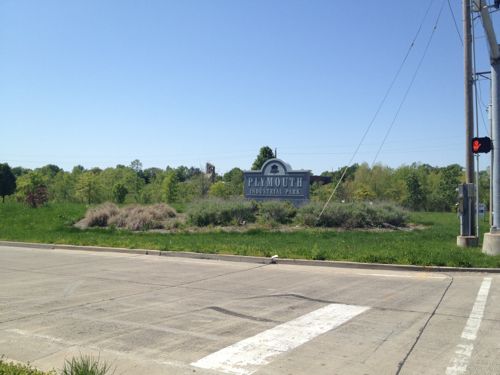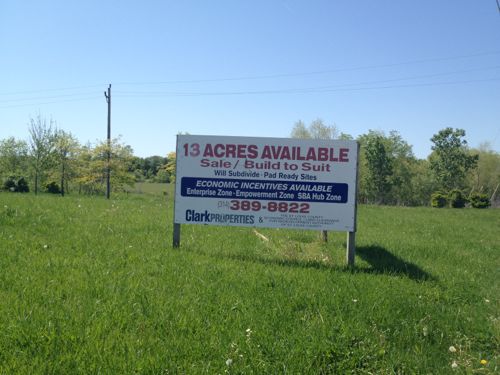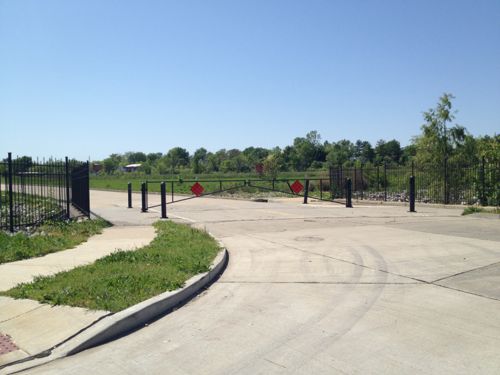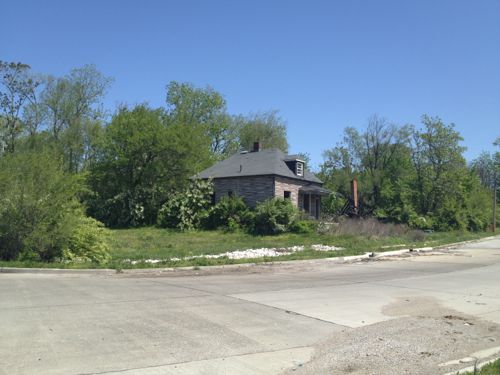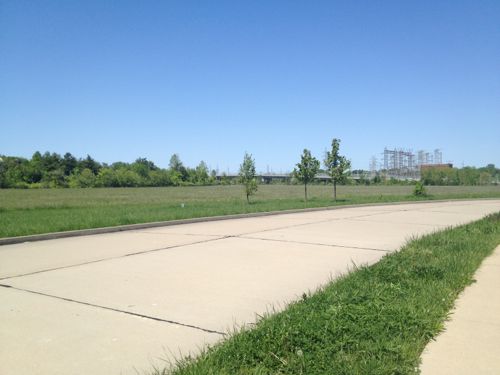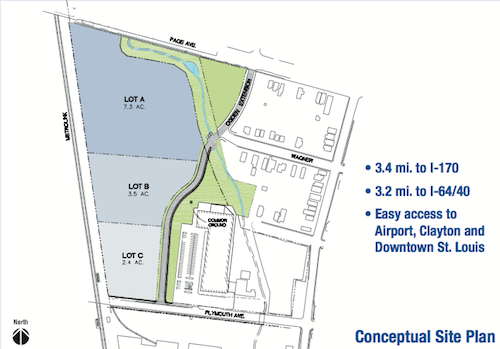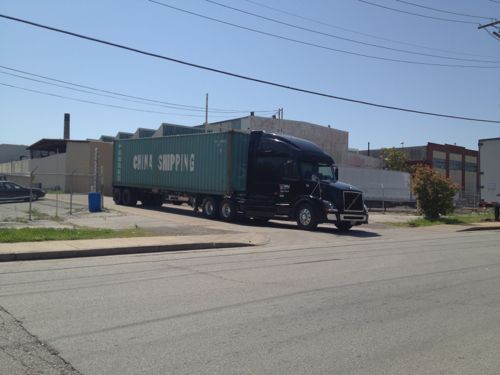Can’t Decide My Preferred Metro Fare Increase Option
Nobody likes cost increases but they are a fact of life. Metro has asked transit riders to comment on three variations for increasing fares.
Options 1 and 2 maintain the current $2 (MetroBus), $2.25 (MetroLink) and $4 (Metro Call-A-Ride) cash fares without any change. Reduced cash fares for eligible seniors, children and customers with disabilities would also remain the same.
Option 1 would increase the prices of Metro passes to more accurately reflect the number of boardings made using these passes. Monthly passes would increase from $68 to $75 ($34 to $37.50 for reduced fare); weekly passes would increase from $23.50 to $26; and the college semester pass from $145 to $155.
Option 2 retains the current cash fare but would increase the price of the 2-hour pass/transfer from $2.75 to $3 (reduced fare would increase from $1.35 to $1.50.) Option 2 would preserve a greater discount rate for the weekly, monthly, and semester passes than Option 1. Option 2 would increase weekly passes from $23.50 to $25; monthly passes would increase from $68 to $72 ($34 to $36 for reduced fare); and the college semester pass would increase from $145 to $150.
Option 3 would implement an approximate 5 percent across-the-board increase for all fares including cash fares, passes and Metro Call-A-Ride fares.
The following chart shows what the changes look like:
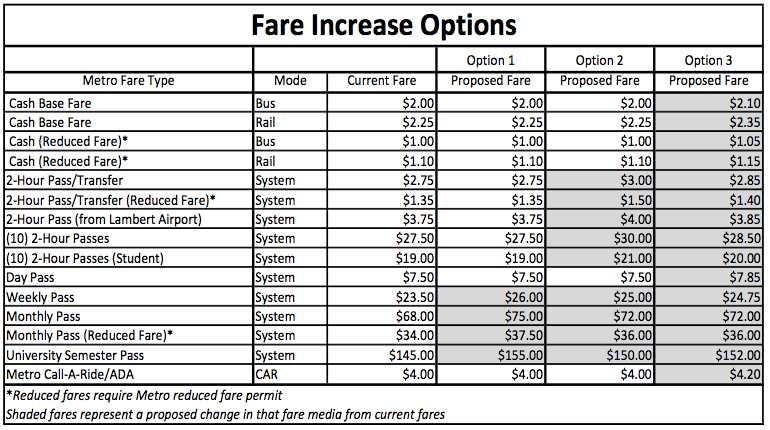
This is tough because I switched to paying cash instead of buying a monthly pass. Thinking beyond myself to the typical riders using transit, what is the most fair…fare.
Option 1 those who buy weekly/monthly/semester passes are the only ones that will see an increase — 10%.With option 2 those who buy passes as well as those who uses transfers will see increases. Many, if not most, cash riders get transfers since more than one bus/train is often needed to reach their destination. Option 3 is a 5% increase across the board. This seems the most fair but riders used to paying $2.00 will now have to carry dimes since their fare will be $2.10. Same with transfers, option 2 is a simple $3.00 (up from $2.75) but option 3 is $2.85 — again a dime more.
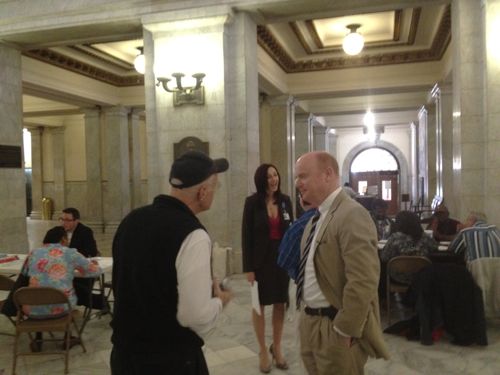
I don’t know about you but I find change annoying. I’m a “reduced fare” rider so my fare w/transfer is $1.35, I’ve finally gotten used to making sure I’ve got the 35¢ I need for my transfer. Would it be worth it to me to pay $1.50 rather than $1.40 just so I only need to worry about carrying quarters? Maybe. But I often buy (10) 2-hour passes at the MetroRide Store on Washington Ave so option 2 would be a buck cheaper than option 3 and I pay with plastic when I buy the 2-hour passes.
– Steve Patterson
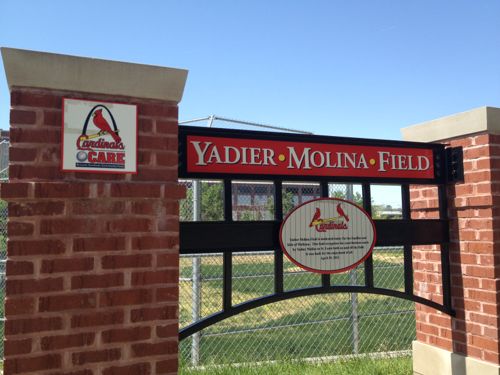
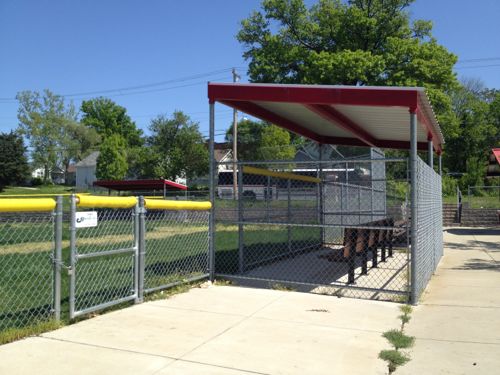
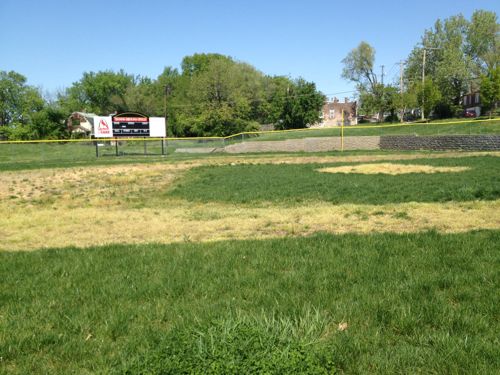
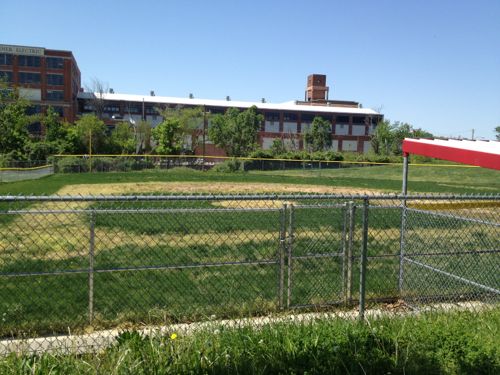
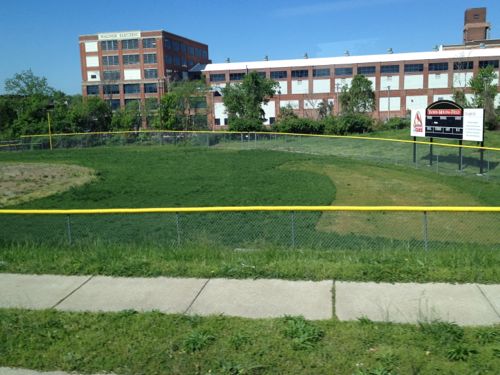
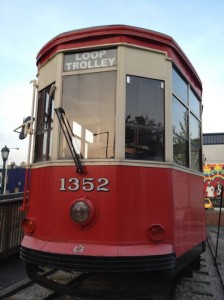 Interesting results on the poll from last week:
Interesting results on the poll from last week: